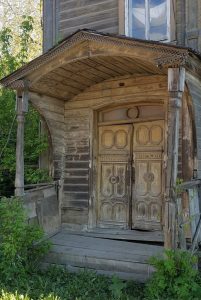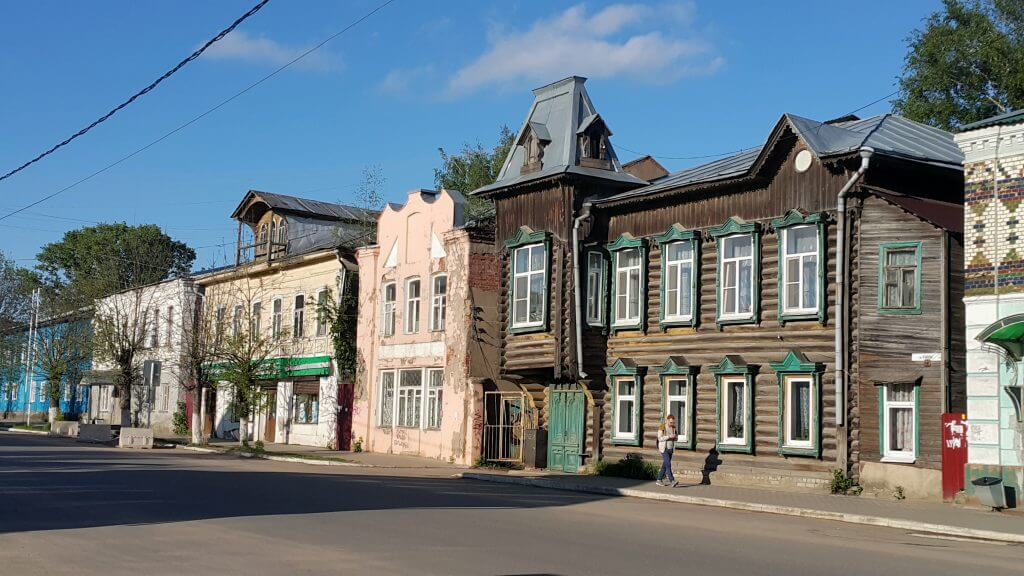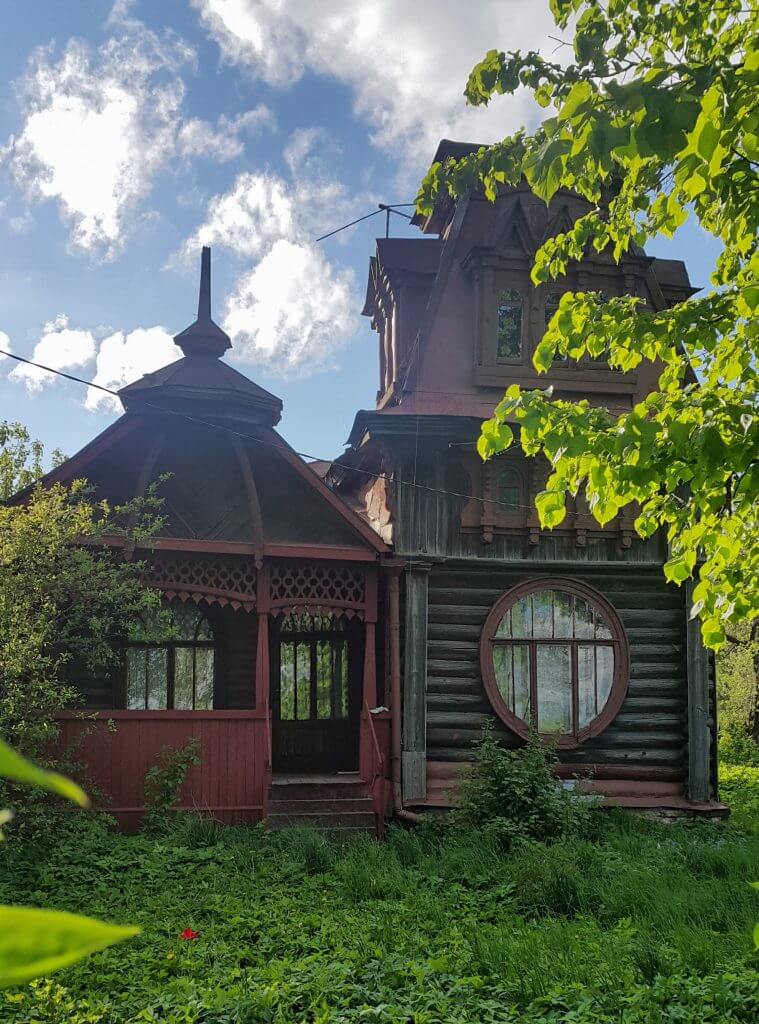I love exploring the unexplored in Russia. Places full of history and character, and people who sustain, cherish and foster local heritage. And more often than not, you needn’t go far to find it. My recent discovery was the town of Kimry (Кимры) in Tverskaya region.
I first heard about Kimry about a year ago from a friend of mine, a passionate traveler. He said it was a must-see for two reasons: its architectural heritage and an outstanding museum of local shoemaking. Kimry is not exactly a highlight on the country’s tourist map: ask a Russian, and chances are they have never heard of the place. But when I looked it up on the Internet, the few photos that popped up hinted that this was a definite hidden jewel in the relative vicinity of Moscow (about 120 km to the north of the capital) and well worth a visit.The town is not on the Golden Ring itinerary and has none of the advantages of the polished tourist centers like the overly famous Suzdal. There’s very little infrastructure, relatively few good cafes and no decent hotels. But dig a little deeper and you will find the hidden heritage of this age-old Russian settlement and I promise you will relish its treasures.
You can only fully appreciate a place if you care enough to find out a bit about its history. For centuries, Kimry was the center of shoemaking in Russia, supplying the entire country (and beyond!) with its fine products. Some shoes produced by local craftsmen even won prizes at fancy Paris and London fashion shows.
The town’s craft boomed in the late 19th to early 20th centuries. Local merchants could afford to build houses that competed with each other for extravagance and originality of design. This was the time of the art nouveau movement across Europe, and the vogue reached this small but smug town and was reflected in the peculiar shapes of the wooden houses of local craft and tradesmen.
 Kimry is literally a cluster of little architectural wonders, fusing traditional Russian wooden building styles with fashionable and extravagant art nouveau.
Kimry is literally a cluster of little architectural wonders, fusing traditional Russian wooden building styles with fashionable and extravagant art nouveau.
Alas, the shapes these masterpieces are in today is far from perfect. A handful of Kimry’s private mansions are well looked after. Just one seems to have been fully restored. The rest, quite frankly, seem to be falling apart.
I’ve been to many Russian towns and villages, but this one left me stunned and wondering. How can this fantastic, charismatic place full of its own history, with an indigenous architectural heritage and a proud tradition of top-quality craftsmanship be so neglected?
If investors were going to place a bet on a town, they probably couldn’t find a better one than Kimry: it is in fairly close proximity to Moscow (hence Moscow tourists will come here, and Moscow tourists generate a large portion of revenues for domestic tourism). It has a ready-made brand – shoes and shoemaking – and a unique architectural heritage. Just a few ‘small’ things are lacking – funds, people, marketing and a tourist-friendly environment. As of now, it is not the most desirable destination to visit, with little tourist infrastructure, entertainment and merchandise.
In his recent visit to Russia, arranged by the Russian Ministry of Culture, Senior Director of National Trust (UK) Simon Murray expressed his deep admiration of the Russian heritage and the enthusiasm of some of the local conservationists. Among other things, he repeatedly stressed the importance of creating a tourist-friendly environment. You can’t simply reconstruct a few landmarks and expect tourists to come when the infrastructure is simply not in place. And yet investments in heritage pay off. As Mr. Murray puts it, energy breeds energy. I only hope that Kimry, with its endless touristic potential, will be discovered and regenerated in due time.
Lyubov Zolotova 4.11.17 © Russia Knowledge




